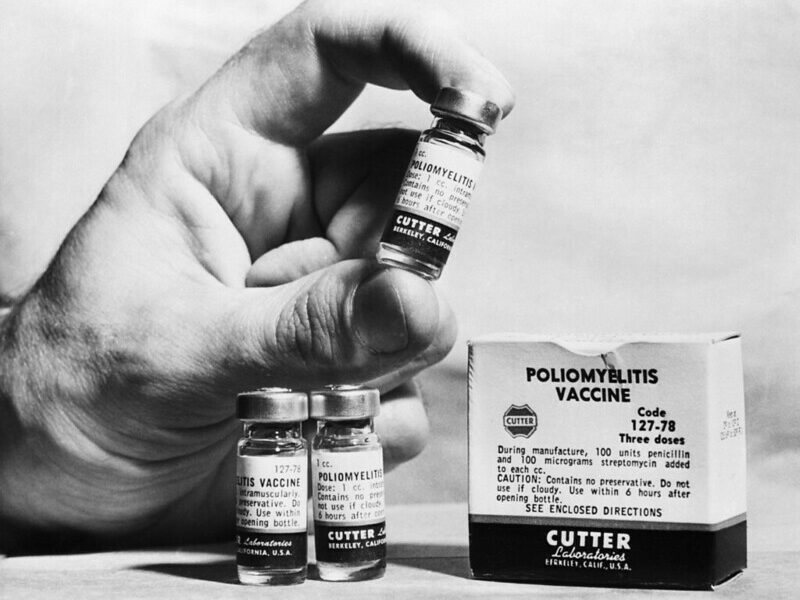The 2015 Disneyland measles outbreak in the United States, which started in late December and spread to more than 100 people in just 6 weeks, has recently become the subject of substantial media scrutiny. Measles is extremely infectious, exhibiting a basic reproductive number between 12 and 18 – one of the highest recorded in history. This means that for every 1 case who gets sick in a totally susceptible population, 12 to 18 other folks get sick, too. Thankfully, when uptake of the measles vaccine is high enough in a given community, it's almost impossible for the disease to spread – thus halting a potential outbreak in its tracks.
But what happens when vaccine rates aren't high enough? Given the growing anti-vaccination movement in the United States, our team at HealthMap took on the task of responding to this very question by developing an interactive visualization that allows users to explore the impact of different vaccination rates on a simulated measles outbreak.
Clearly, the lower vaccination rates are among exposed populations, the larger potential outbreaks can become – and even rates as high as 80% aren't high enough to prevent sustained transmission. The bottom line? Vaccines really do matter – and it's important for those of us who are healthy enough to get vaccinated to do our part!
